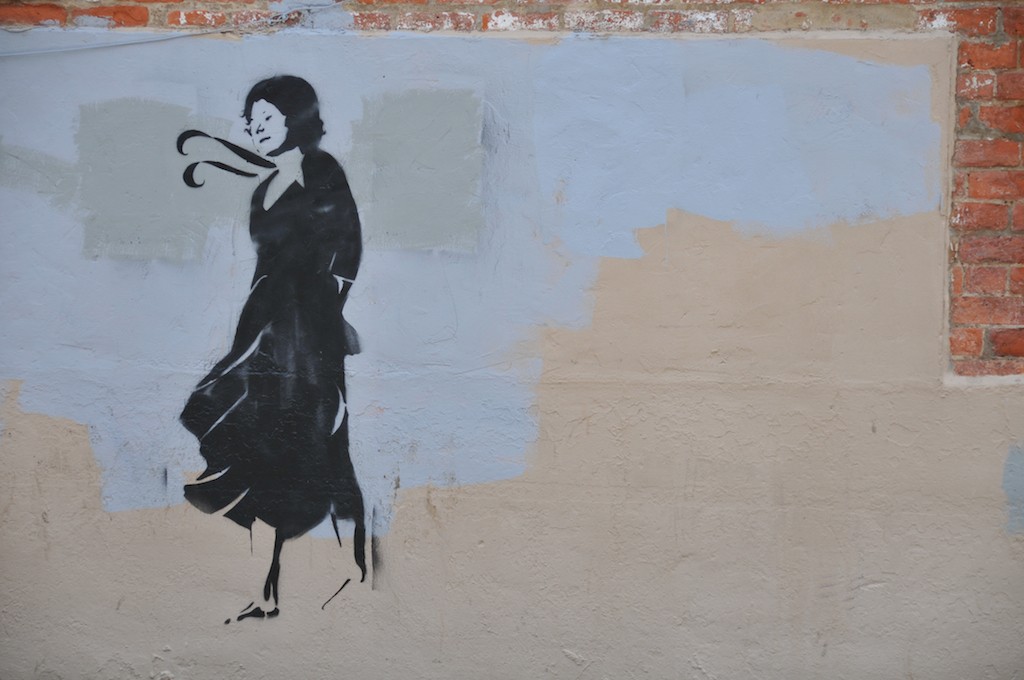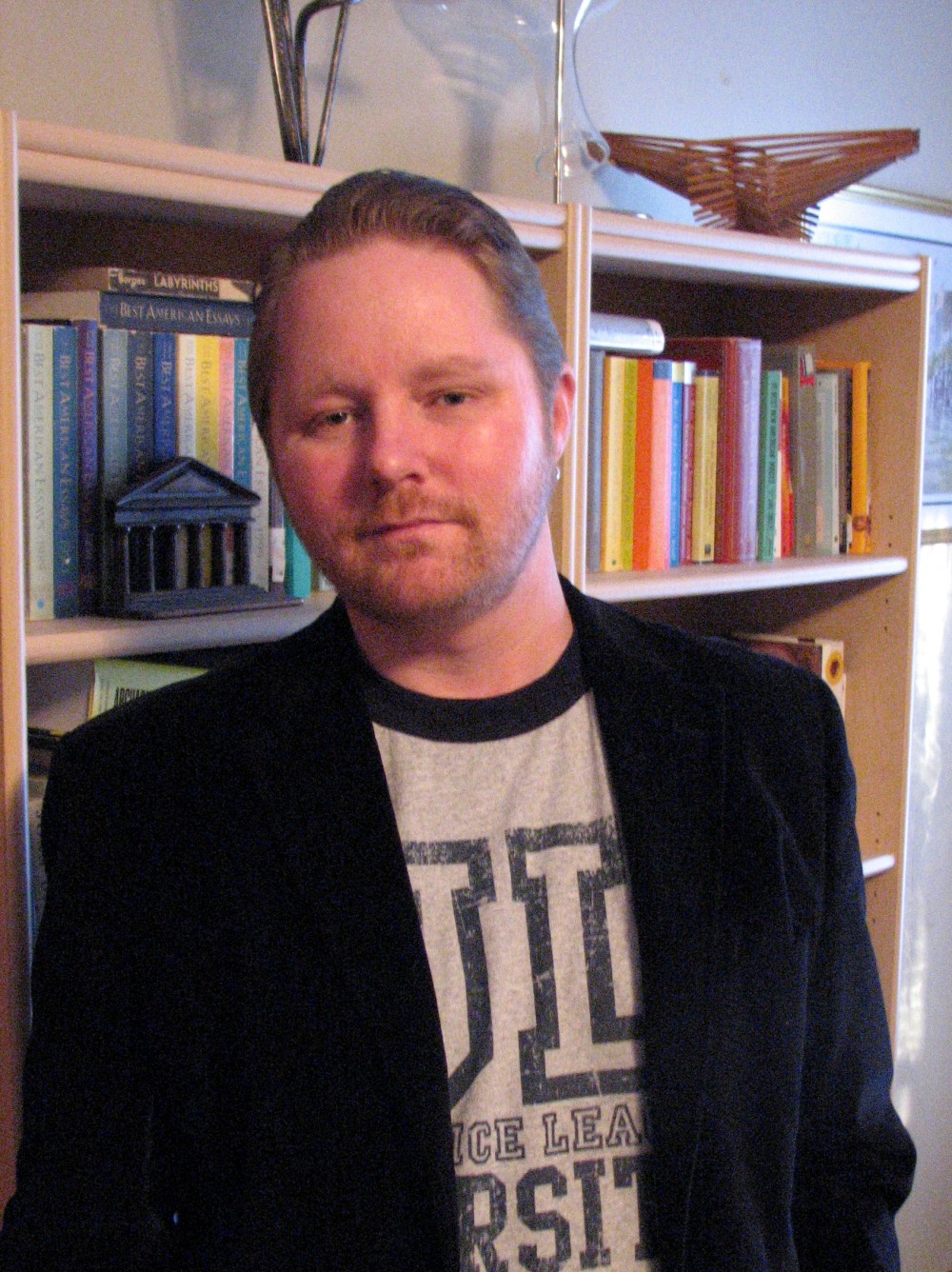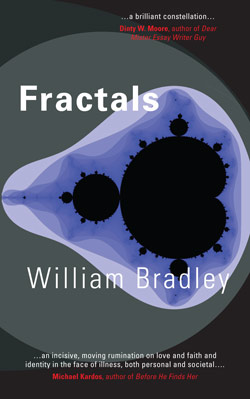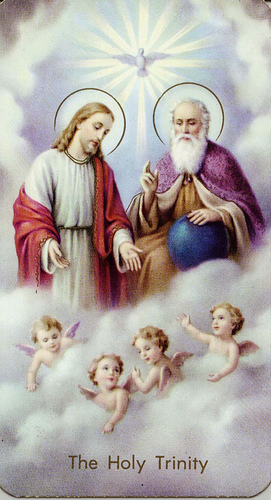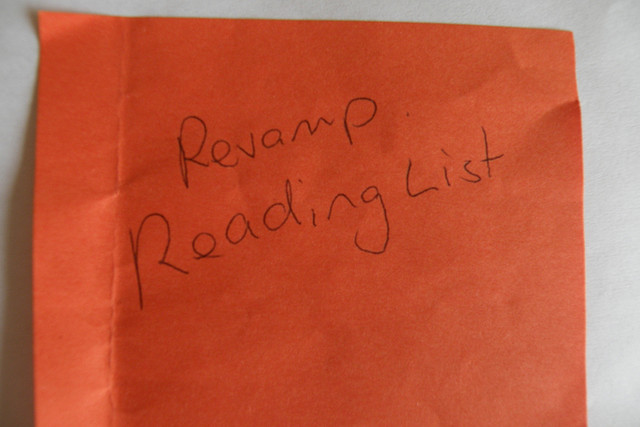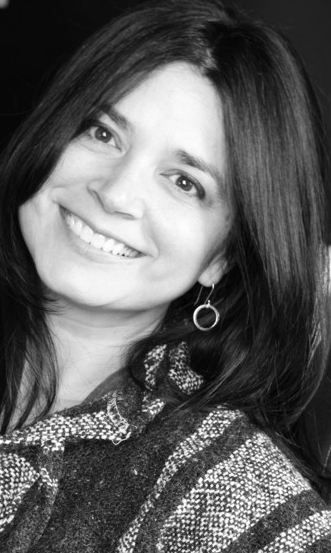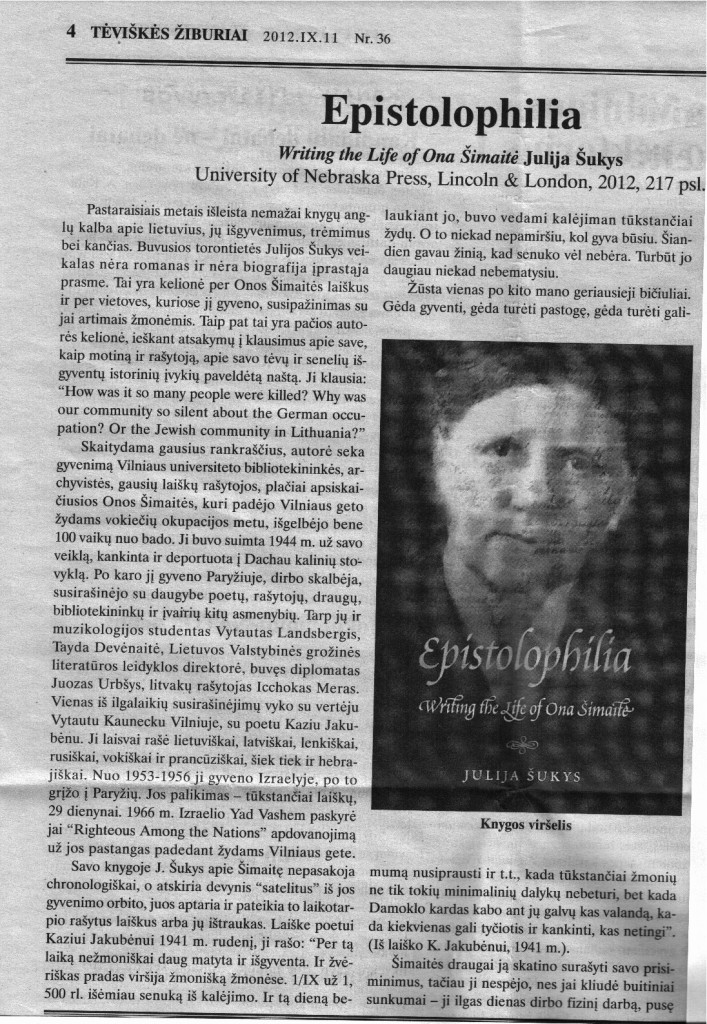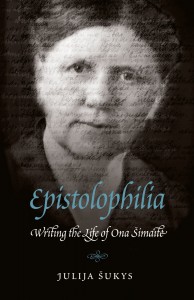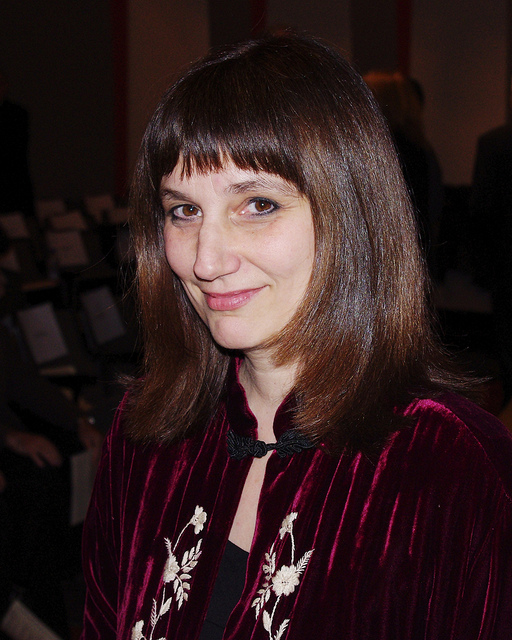
Mira Bartók, The Memory Palace. Free Press, 2011.
“Even now, when the phone rings late at night, I think it’s her. I stumble out of bed ready for the worst. The last time my mother called was in 1990. I was thirty-one and living in Chicago. She said if I didn’t come home right away she’d kill herself.”
In The Memory Palace Mira Bartók chronicles her life with her brilliant but mentally ill mother Norma, and explores their volatile relationship and ultimately unbreakable bond.
A piano prodigy in her youth, Norma’s severe case of schizophrenia created a hellish upbringing for Mira and her sister. When they were young, Norma neglected the girls, and Mira and her sister were forced to make do on their own. As the girls entered their teenage years, Norma’s illness grew progressively severe.
Finally, after Norma attacked her daughters when they insisted she get help, Mira and her sister decided that, in order to stay safe, they had to change their names and cut off all communication with her. For the next seventeen years, Mira’s only contact with her mother was through letters exchanged through a post office box.
When she was 40, a car accident left Mira with a traumatic brain injury. In an effort to reconnect to her past, she reached out to the shelter where she thought her mother was living and received word that Norma was dying in a hospital in Cleveland. The Memory Palace tells the story of their reconciliation.
Mira’s original paintings of her memory palace appear throughout the book (one of these appears below), as do passages from her mother’s letters and journal entries.
Mira Bartók is a Chicago-born artist and writer and the author of twenty-eight books for children. Her writing has been noted in The Best American Essays series, and she is a finalist for the National Book Critics Circle Award (to be decided on March 8, 2012). The Memory Palace has also appeared on the American Library Association’s notable books list. Bartók lives in western Massachusetts, where she runs Mira’s List (miraslist.com), a blog that helps artists find funding and residences all over the world. Please visit her website at www.thememorypalace.com.
Julija Šukys: The Memory Palace tells the story of your schizophrenic mother, and your 17-year-long separation from her, during which time you communicated with her exclusively through letters sent to a PO Box. After suffering a traumatic brain injury, you decided to find her, and discovered that she was dying. In the last days of your mother’s life, you and your sister reconciled with her and managed to find a glimmer of the woman whose essence had been largely hijacked by mental illness for many years.
When you describe experiencing your brain injury, it seems to bring a new understanding of your mother’s path in life. Can you talk a little about whether or how your own memory loss, difficulty with language, and the sensitivity to noise and other stimuli that have resulted from your accident changed your relationship to your mother, perhaps even before you were reunited?
Mira Bartók: That’s an interesting question. While I don’t think I was aware of it at the time, I do think my own brain injury made me, over time, understand more viscerally how my mother’s damaged brain worked. Especially when she was in situations where there was excess stimulation, like restaurants or large crowds. And as I began to study more neuroscience, I understood even more about her struggle to just be in the world. Then you also have to add the fact that she heard voices and saw visions. I can’t even begin to grasp how horrific all that must have been for her.
As far as my injury changing my relationship to my mother, well, I think it made me both more compassionate toward her but also made me feel sad about the fact that I couldn’t rely on her to just be a normal mom. The primary caretaker I really had during that first year and subsequent years was my husband who I met six months after my accident.
Your book is organized around the metaphor of a memory palace, a mnemonic device originated by Simonides that relies on imagined special organization to recollect memories. In your case, you’ve built a sort of mental art gallery that houses paintings – your own and those of others. Each image hangs in a specific spot in the museum or palace, and each anchors a story from your life. My understanding is that this mnemonic technique is difficult to master unless you begin to build your memory palace at a very young age. When did you (consciously or unconsciously) start to build yours, and how?
What we know now about the brain and memory is that this kind of system doesn’t work at all. It was created during a time when people thought that memory was a fixed phenomenon and could be stored away forever. However, I loved the metaphor of it and I also loved the fact that it was an impossible thing. Just the fact that I created a memory palace on my studio wall was an act of love and longing for the impossible. I began to collect and use images for my book early in the process of writing it—making sketches and using images from my computer as memory prompts. Then, toward the end of the book, I ended up using all those images and creating the whole thing on my wall.
For a great book about memory, I highly recommend Eric Kandel’s book In Search of Memory. I believe he won the Nobel Prize for his work in memory research and neuroplasticity.
Because of the traumatic brain injury, you have short-term memory loss. I heard you describe how you would file snippets of writing immediately after getting it down on paper inside your memory filing cabinet/palace of sorts. I’d love to hear more about this particular writing process.
In the early days of writing my book, I had such an issue with memory that I would forget what I wrote from one day to the next. So I searched in myself for a system that would help and because I come from the museum world, it made sense that I create a kind of cabinet of sorts. I put together a cabinet with slots for each chapter and whenever I worked on something I printed it out immediately and placed it in that chapter’s drawer.
I did the same for sketches or reference material. That way, in the morning, I had physical evidence of what I had done. And before I went to bed every night, I repeated as many chapter titles as I could and tried to recall what those chapters were about. I do believe that after doing this for about three years I rewired my brain to some extent, and my memory improved. Thus, the beauty of neuroplasticity!
How long did you work on the book? How long after your mother’s death did you decide to start writing? And did you choose to write the book, or did the book, in a sense, choose you?
Wow, that’s a lot of questions in a row for someone with TBI [traumatic brain injury]. Let me see if I can follow what you just said! Stuff like that is hard for us TBIers. Okay, how long did I work on the book? About four years. But I wrote the last third of it in the six months after my mom died. She gave me the end to my story. So that answers the next question, i.e. I started it before she died and before I even knew she was ill and living in a shelter.
I chose to write the book (which actually began as a book of essays about my mom, then morphed into a memoir with a narrative arc) because she kept getting in the way of my fiction, poetry, and creative nonfiction. I wrote this book so that I could face this difficult material and move on to the work I will do the rest of my life, the kind of work that I long to do, which is not memoir at all. It’s fabulist fiction with pictures, it’s radio documentaries, it’s multimedia collaborations and dark illustrated books for teens. And lyrical poetry. I’m happy I did it, happy that I honored my mother in this way. Now on to making up weird little stories and drawing again!
You and your sister changed your names and cut all ties with your mother after a violent incident. Your mother attacked you with a broken bottle, and could very well have killed you. You describe having to make a choice between your mother and your art; between your mother and life itself. It’s not a choice you made lightly, and certainly not without psychic fallout – for me, the struggle with guilt and questions of what else you could have done were palpable all the way through the text. Cognitive issues united you and your mother, but so did art. I wonder if you could talk a little about your mother’s artistic talents, practice and ambitions. Have your own artistic practices – visual, literary and musical – created a different kind of bridge to your mother?
Although my mom was so ill, we had a lot in common. I felt like I really got her and she got me, somewhere deep inside beyond her illness. She was driven to create and to learn everything in the world and to play music, without thinking about pleasing people first or acquiring prestige, etc. I am the same way. Had my mom not been so sick, she probably would be playing Carnegie Hall, or at least she would have been part of a stellar chamber group of musicians and would have mentored many young people. And she might have also become a poet and maybe a great one.
After reading her diaries, I now wonder who the real writer in the family is!
This is a book about memory: about reconstructing memory, excavating memory, but also about its unreliability and its impermanence. The book (in addition to being built around the image of a memory palace) is also, as you’ve just said, structured around excerpts from your mother’s diaries. One of the most poignant things your mother wrote is “I have forgotten everything I have ever learned.” Once a musical prodigy, your mother seems to have been aware of her artistic and intellectual losses.
I wonder if you could talk a little about where you stand in relation to memory now. Do you see the inevitable forgetting that happens to all of us as a tragedy? Is this book a kind of revolt against oblivion, or is it something more complex? Have you somehow managed to make peace with your own memory loss through writing, or that too simplistic?
What we know now about neuroplasticity, i.e. the ability to change our brain—with cognitive therapy, meditation and other like practices, exercize, biofeedback, etc. (and yes, medication), I have a lot of hope about the future of memory loss for people like me. I know from sheer hard work and determination, I changed my brain and built new neuropathways during the writing of this book. I went from not being able to remember what I wrote from one day to the next (several years after the accident, when doctors told me that I had reached the limit of recovery) to being able to write something one day and remember even a few days later. (Unless it’s just a very bad week and there are those bad weeks of fatigue.)
That said, I do not want to diminish the loss that people feel as they get older and slip into that strange state of forgetting. We are our memories, in many ways. And I have such huge chunks of lost time and lost years. It’s sad sometimes. But then, I am also someone who tries to live in the present. So I guess I just do the best I can.
You’ve written a huge number (28!) of books for children. This is your first book for adults. Talk a little about the difference between writing for kids and for adults. Is there a difference in your experience and approach to writing for different audiences?
Well, many of those books are educational books about different cultures so they are different than writing other kinds of books for children. What I liked best about them though was including folktales in them. I actually do that a lot in my adult writing too. I like to use folklore, both the structure of folktales and their sense of fabulism in my stories and even my nonfiction. I do this with my memoir too. The difference I guess is that you have to be more aware of what age you are writing for. But I don’t start out writing for any specific age group or specific audience. I just start a project and then at the end of it, I decide who its for. My next two projects are probably for older teens but I think they will be for adults as well.
[Image: David Shankbone]

